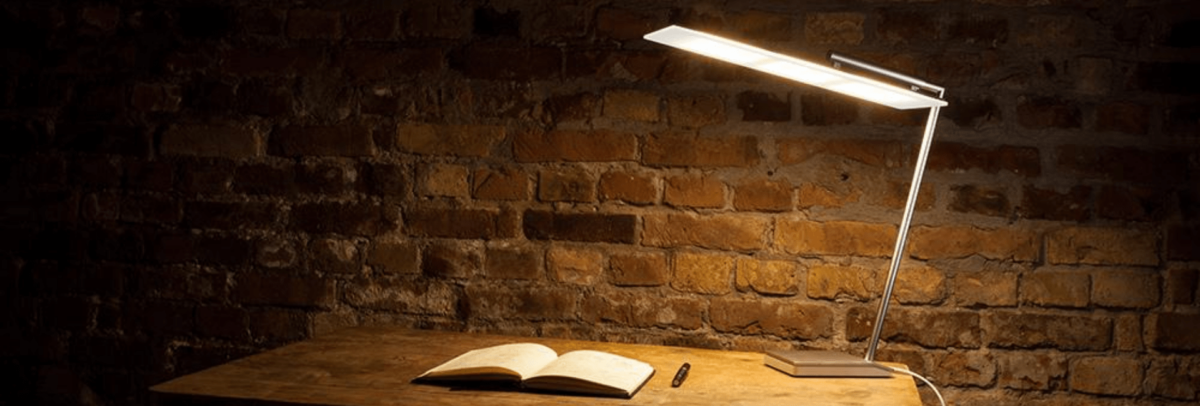
By the OLED UX Team
OLED panels contain the newest lighting technology: pure innovation in two millimeters. This slim profile and next generation technology requires care and attention when being integrated into a final product. To get the most out of your OLED technology and ensure safety and long-lasting performance, practice the following guidelines.
The 9 Do’s and Don’ts
- Do wear gloves when handling the OLED panels. OLED lighting is nearly 100% glass, so wearing gloves will minimize risk of injury from potentially sharp edges, as well as transferring fingerprints to the clear glass.
- Do not bend, twist, or pull on the OLED panels during mounting. Brite 3 engines are designed to be mechanically fixed into housing units, and due to the fragility of the components, these forces may cause damage to the OLED. (See Figure 1 below)
- Do avoid any kind of point loads. This can be caused by writing on the front or back of the product with a pen, as well as locally increased thickness of the light source at solder joints. (Figure 2 below shows how particles can lead to point loads and/or defamation)
- Do not scratch the light source with any hard or sharp objects.
- Do not drop the light source and do not let anything fall on top of it. Discontinue use of the product if this happens, even if there is no visible alteration.
- Do isolate the panel from any metal component in your fixture design. This will help minimize the risk of shorting across the panel.
- Do not install OLED light engines outdoors without additional packaging to protect them. The Brite 3 family is designed to operate in indoor luminaires. Outside environmental conditions, including high humidity, dew, or precipitation, can lead to product damage or malfunction if the light engines are not protected.
- Do use care when cleaning the OLED light engines. A compressed air duster or lint-free cloth is recommended for everyday cleaning. If fingerprints or more persistent contamination are present, isopropyl alcohol may be used. Apply a little of the liquid to the cloth and gently wipe the surface of the OLED with a circular movement, beginning at the center and moving towards the edge.
- Do not use water to clean the OLED panels. See the guidelines above for cleaning safety.

Figure 1 – Brite 3 Handling Parameters

Figure 2 – How Point Loads Can Damage OLED Panels
Now that you know how to safely handle OLED panels and ensure the longevity of your lighting, you are ready design your own luminaire! Keep an eye out for our next blog, to learn about some of the possible optical elements you may wish to add to your OLED luminaire. (Or not!) If you’d like any further assistance as you design your luminaire, feel free to reach out, or read up on the benefits of our Channel Partner Program.



![[FAQs] The OLED Lighting FAQ Guide](https://www.oledworks.com/wp-content/uploads/2019/10/FAQ-Header-Updated-6222-750x254.png)